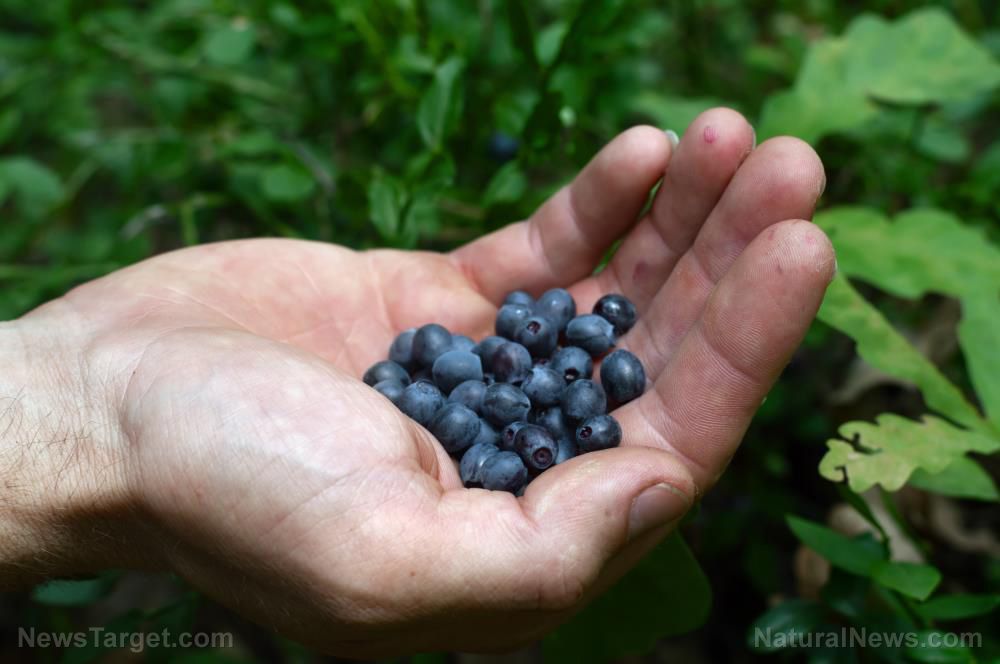
Advertisement
Before its claim to fame as the quintessential hotdog condiment, mustard has been used in traditional medicine to treat infections, reduce mild inflammation and speed up the healing process.
Classified under the Brassica genus of plants, the mustard plant is rich in organic, sulfur-rich compounds called glucosinolates that are instrumental in reducing chronic inflammation linked to conditions like heart disease, diabetes and cancer.
In fact, current studies on mustard maintain that the plant’s seeds and leaves both offer a number of nutritional benefits and medicinal properties because of their nutrients and potent plant compounds.
Health benefits of mustard
Not a fan of mustard? You might be missing out. Here are some of the reported health benefits of this incredible superfood:
Contains essential nutrients
Mustard offers ample amounts of micronutrients, including heart-healthy omega-3 fatty acids, phosphorus, magnesium and manganese. Mustard seeds, in particular, contain concentrated doses of selenium, a trace mineral that supports brain health and protects against heart disease.
Fights cancer cells
Like other Brassicas, mustard seeds are rich in glucosinolates. Once consumed, glucosinolates are transformed into sulfur-containing compounds called isothiocyanates. Studies found that isothiocyanates help inhibit the proliferation of cancer cells and inhibit carcinogens from causing cellular damage.
Reduces blood sugar
Mustard might also be beneficial for people with pre-diabetes and diabetes. Emerging research maintains that the condiment can help in the management of diabetes, heart disease and other inflammatory conditions. Experts speculate that mustard’s anti-diabetic effects might be due to its high amounts of phenolic compounds that fight inflammation and regulate blood sugar.
Protects against psoriasis
Besides diabetes-related inflammation, mustard’s phenolic compounds are also potent against inflammation due to psoriasis, a chronic skin condition that causes red, scaly patches to appear on the skin. Mustard also has the potential to speed up the healing process of painful psoriatic lesions.
Heals symptoms of contact dermatitis
Based on the findings of certain animal studies, mustard seeds can also help heal symptoms of contact dermatitis. This skin condition is often triggered by an allergic reaction. Although not as serious as psoriasis, contact dermatitis can still cause red rashes, blisters, cracked skin, burning and itching.
Protects against infection
Thanks to their potent antimicrobial properties, mustard seeds also help combat pathogenic bacteria and fungi, such as E. coli and staph. In treating infections, healthcare professionals might use mustard oil or a poultice of ground mustard seeds for topical application.
Homemade mustard recipe
Some foods are best eaten alongside dips and condiments. But you’re better off getting rid of that store-bought mustard. Instead, here’s a simple recipe for homemade mustard using no more than six ingredients:
Total time: 2 hours
Ingredients:
- 1/2 cup brown mustard seeds
- 1/2 cup ground yellow mustard
- 1/2 cup water
- 1/2 white wine vinegar
- 1 1/2 teaspoon salt
- 1 teaspoon ground turmeric
Preparation:
Before anything else, soak the mustard seeds for at least 2 hours or set them aside overnight. This helps the seeds soften enough for cooking. Soaking the seeds also helps reduce their sharp bitter taste to make them more palatable.
Once the seeds are soft enough to be ground, drain them. Then, grind or mash the seeds using a coffee grinder, a food processor, a blender or a good old mortar and pestle. All that matters for this step is that the seeds are ground or mashed enough to resemble a paste.
You can also opt to add grated horseradish or chopped chili peppers if you’re going for a spicier mustard. Skip this step if you’d like to stick to the authentic mustard flavor.
Next, add ground yellow mustard to give the paste that quintessential mustard color. Stir it in, then let the paste sit for at least 10 minutes so that the flavors can develop. Then add the remaining ingredients to taste (salt, vinegar, turmeric).
Stir thoroughly and blend or grind the paste again to get rid of any remaining lumps. If you’d like a milder mustard condiment, add honey to taste.
Mustard seeds can also be steeped in milk or added to salad dressings for a hint of spice. The mustard plant’s leaves are also edible and can be eaten as salad greens or cooked for soups and meat dishes.
Sources:
Advertisements







